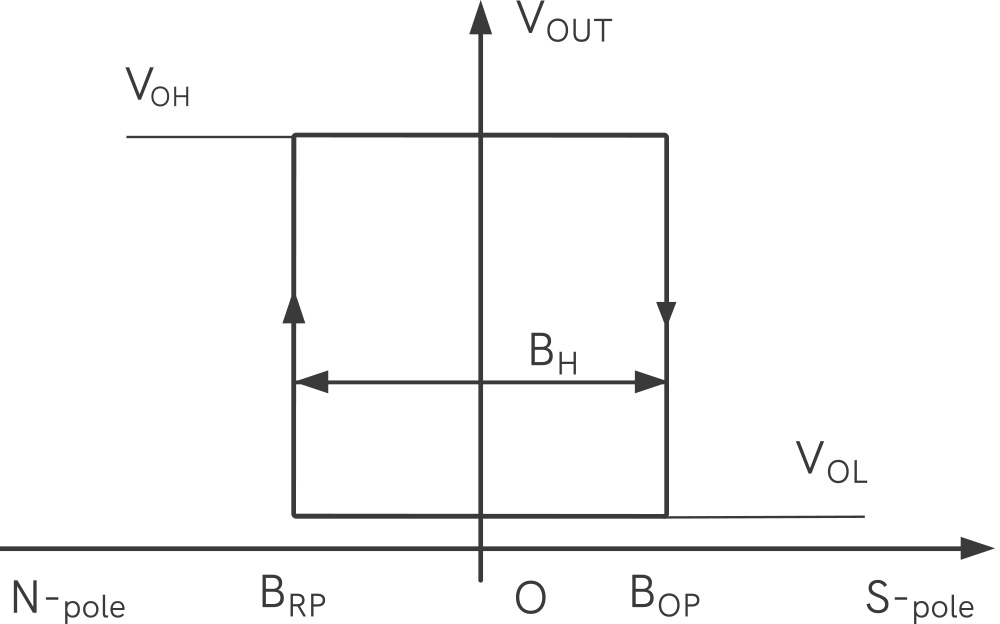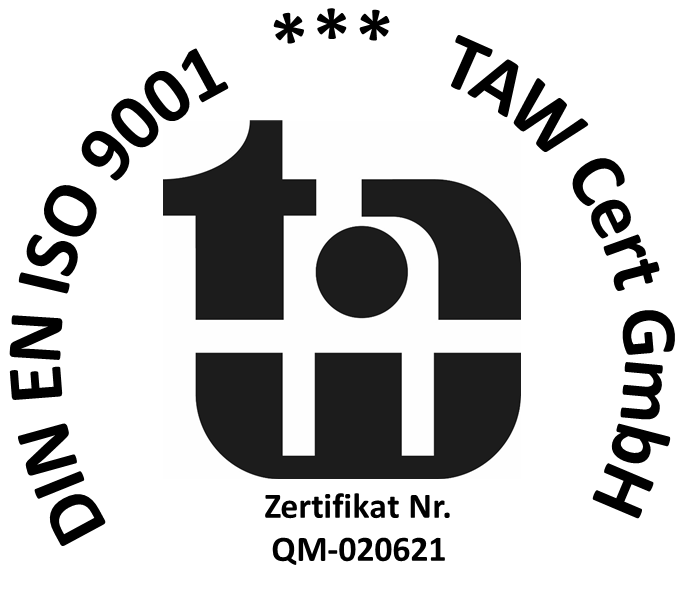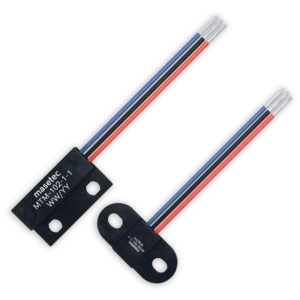Sensor Technology TMR technology
TMR technology at masetec:
Low power consumption. High sensitivity.

TMR sensor technology scores with low power consumption and high sensitivity. TMR sensors are used across industries to measure lengths, position and rotation angles.
Use of TMR sensors
TMR sensor technology uses magnetoresistive (MR) effects to convert magnetic field changes into electrical signals that can be further processed with conventional electronics.
One of the largest application areas is the development of read heads for hard drives, where MR effects help to technically handle the vast amounts of data. Other fields of application include industrial sensor technology, automotive and mechanical engineering, non-destructive materials testing or medical technology.
Structure of TMR sensors
In its simplest form, a TMR sensor operating with magnetic tunneling resistance consists of two ferromagnets separated by a thin insulator. If the insulating layer or tunnel barrier is extremely thin, electrons can “tunnel” between the two ferromagnets.
Unlike AMR and GMR sensors, the smaller the sensing element, the greater the resistance. This means that higher-resistance sensors can be installed in less space, reducing power consumption by a factor of 100 to 1000.
Thanks to high sensitivity, weaker magnets can be installed, which significantly reduces material costs. Another plus: TMR sensors operate without contact and are therefore wear-free, resulting in a very long service life.
TMR sensor functions
OMNIPOLAR
BIPOLAR

Advantages of TMR sensors
- Low power consumption up to energy harvesting applications
- High sensitivity and thus use of weak, low-cost magnets
- Non-contact, i.e. wear-free, measurement of length, position and changes in angle of rotation
Overview TMR sensors
An overview of the available options and the exact specifications of our TMR sensors can be found here.
You need an individual solution?
We manufacture sensors and switches exactly to your requirements – even in small quantities.

